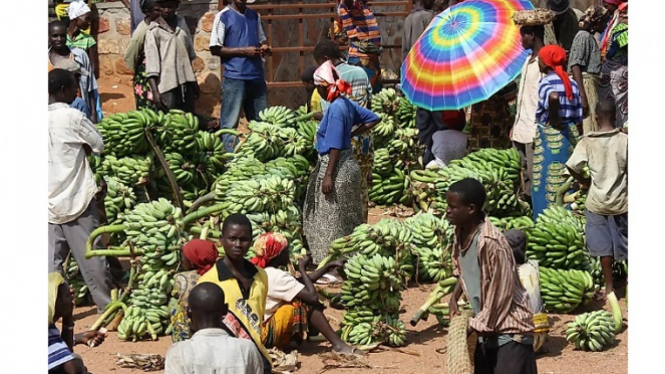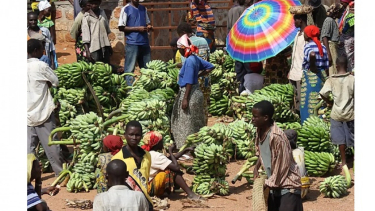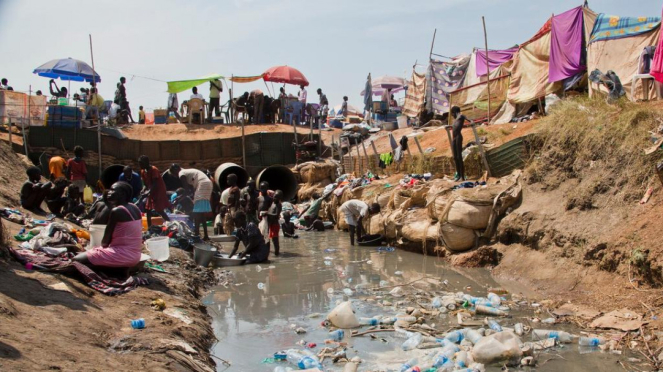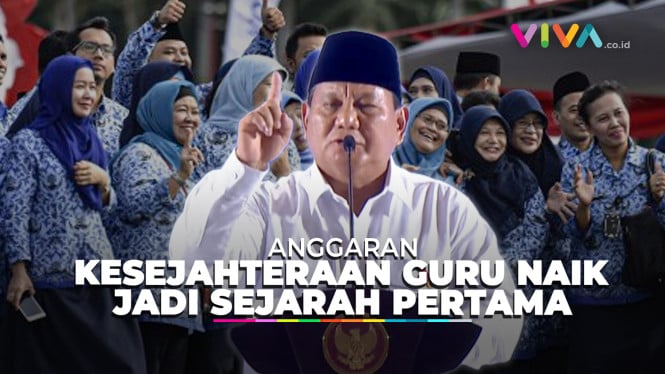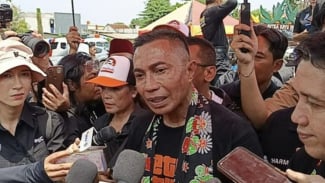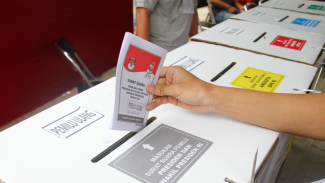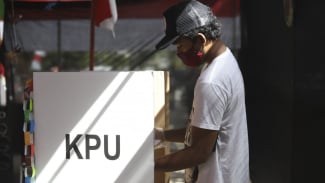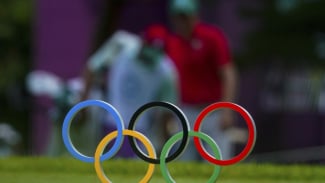List of the Poorest Countries in the World 2023
VIVA – Poverty is a condition where it is difficult to fulfill basic needs. Poverty is also a global problem. When poverty increases, a country will experience more social problems, such as crime.
It turns out that there are some of the poorest countries in the world. The world's poorest countries are classified by the World Bank system as low-income economies. The numbers are measured by Gross National Income (GNI). Gross national income per capita is calculated based on a country's total income divided by its population.
On average, the poorest countries in the world are in Africa. To advance economically, most need funds and political stability to help modernize and expand industry and trade related to social progress and financial stability.
Here are the poorest countries in the world by International Monetary Fund (IMF) data.
1. Burundi
Negara Burundi.
- U-Report
The small country of Burundi gained independence from Belgium in 1962 but is still characterized by violence. In 1965 there was the infamous Hutu-Tutsi ethnic conflict. Although the civil war ended more than 15 years ago, the world's poorest country is plagued by endemic corruption and security problems.
Cities lack infrastructure, with very limited access to electricity, sanitation, and clean water. Most residents only complete three years of education, and there are 740 deaths per 100,000 live births.
A poverty-stricken population of around 12 million depends on scarce agriculture to feed and clothe their families. Climate change and food insecurity caused by crop failure are almost twice the average of other sub-Saharan countries.
2. South Sudan
Kamp pengungsi Sudan Selatan
- MSF / Jake Simkin
South Sudan was born out of an agreement that ended Africa's longest civil war and was formed on July 9, 2011, from the ten southernmost regions of Sudan. It is the world's newest and second poorest country with 11.5 million inhabitants.
This oil-rich but "resource-cursed" country is the site of inequality, social and political divisions, corruption, and a lack of economic diversity with a high dependence on a single commodity.
The majority relies on traditional agriculture and is heavily dependent on international humanitarian aid. Droughts and floods leave nothing to cultivate, consume and trade. No progress was expected and only worsened from currency depreciation and supply disruptions from Ukraine.
3. Central African Republic
The Central African Republic is the third poorest by GDP/capita but the hungriest in the world with the 2018 Global Hunger Index (GHI) showing "very alarming" levels. The majority of the 5.4 million population lives at or below the poverty line, with a life expectancy of only 52.9 years.
Residents managed to complete 4.3 years of schooling amid lives disrupted by violence and sectarian fighting since 2013. The conflict developed into a severe humanitarian crisis with water shortages, lack of sanitation, and one of the highest child mortality rates in the world.
People struggle daily to survive, with an additional 13% of Central Africans in need since March 2018, and one million people fleeing the devastated country.
4. Somalia
Somalia
- U-Report
Somalia has been one of the countries with years of political instability, rising inflation, and a poor business environment making the country unreliable for investors and consumers. Somalia is also highly vulnerable to drought, with food scarcity, low vaccination rates, and weak economic forecasts, according to the Economist Intelligence Unit.
5. Democratic Republic of Congo
The Democratic Republic of Congo is home to over 80 million hectares of fertile land, thousands of minerals, and precious metals. Africa's Great War saw 6 million lives lost in fighting, disease, and malnutrition, followed by a persistent Ebola outbreak, and a recent resurgence of violence. The average age of DR Congo is 17 years, with 64% of the 90 million population surviving on less than two dollars per day.
6. Mozambique
More than 30 million Mozambicans receive 3.5 years of education on average. Despite abundant arable land, mineral resources, energy, and water access, most of the population lives in poverty. After a 15-year civil war ended in 1992, corruption and political instability remain, while intensified fighting since April 2011 has rendered the country unreliable for investors.
Islamic rebel groups have attacked the gas-rich north since 2017, killing around 4,000 people and displacing 800,000. Although four landlocked countries rely on Mozambique to channel global trade, it is not enough to cope with the impact of severe weather, flooding, and crop destruction that continue to devastate scarce food supplies.
7. Niger
Danfo, angkot khas Nigeria
- Oyewole Lawal/Wikimedia
Niger is a landlocked country. Climate change and desertification have led to three major agricultural crises in ten years and unprecedented food insecurity.
This country has been an unstable country since independence, with military coups, army clashes, and the Islamic State (ISIS) displacing thousands. There has also been volatility around gold and uranium extraction, along with low commodity prices.
In the last decade, nearly half have lived in extreme poverty, which continues to manifest in high mortality rates, endemic malaria, and lack of services, sanitation, and access to safe water.
8. Malawi
Malawi is economically constrained to rely on only one subsistence agricultural crop tobacco. Limited financial capability and a poor business environment cannot support the people.
There is huge public debt in fiscal and current account imbalances with heavy reliance on international financing. People lack services from heavy private investment and businesses are disrupted by power outages.
This country is vulnerable to extreme weather events and inconsistent rain-fed agriculture. Food scarcity was exacerbated by the war in Ukraine which shocked commodity prices, and inflation.
9. Liberia
Pekerja perkebunan di Liberia
- Onearth.org/Marco di Lauro
Liberia was ravaged by West African Ebola with 10,675 people infected and 4,809 people dying between 2014 and 2016. Finally achieving peace, the country still battles poverty with a third of children stunted by malnutrition.
In 2016, half of the population lived below the poverty line and most children completed less than five years of schooling. More than 42% of Liberians lack access to clean water, the basis of the repatriation efforts needed to offset poverty. There is also persistent malaria and gender-based violence, and no initiative from the state to address any of the challenges.
10. Chad
After the discovery of oil at the beginning of the century, there was a law requiring consultation before spending public money and reserving 80% of royalties and 85% of dividends to fight poverty.
In contrast, the autocratic government since 1990, Déby, spent most of the funds on militias instead of public financing, infrastructure development, and provision of better health and education.
Despite his efforts to crack down on opposition and foment discontent, he died in armed conflict, at the hands of his son. The military dissolved the constitution, government, and parliament, aiming for "free and democratic" elections after an 18-month "transition period".

